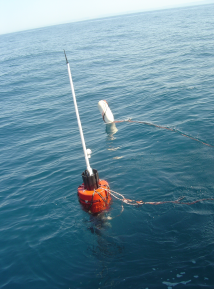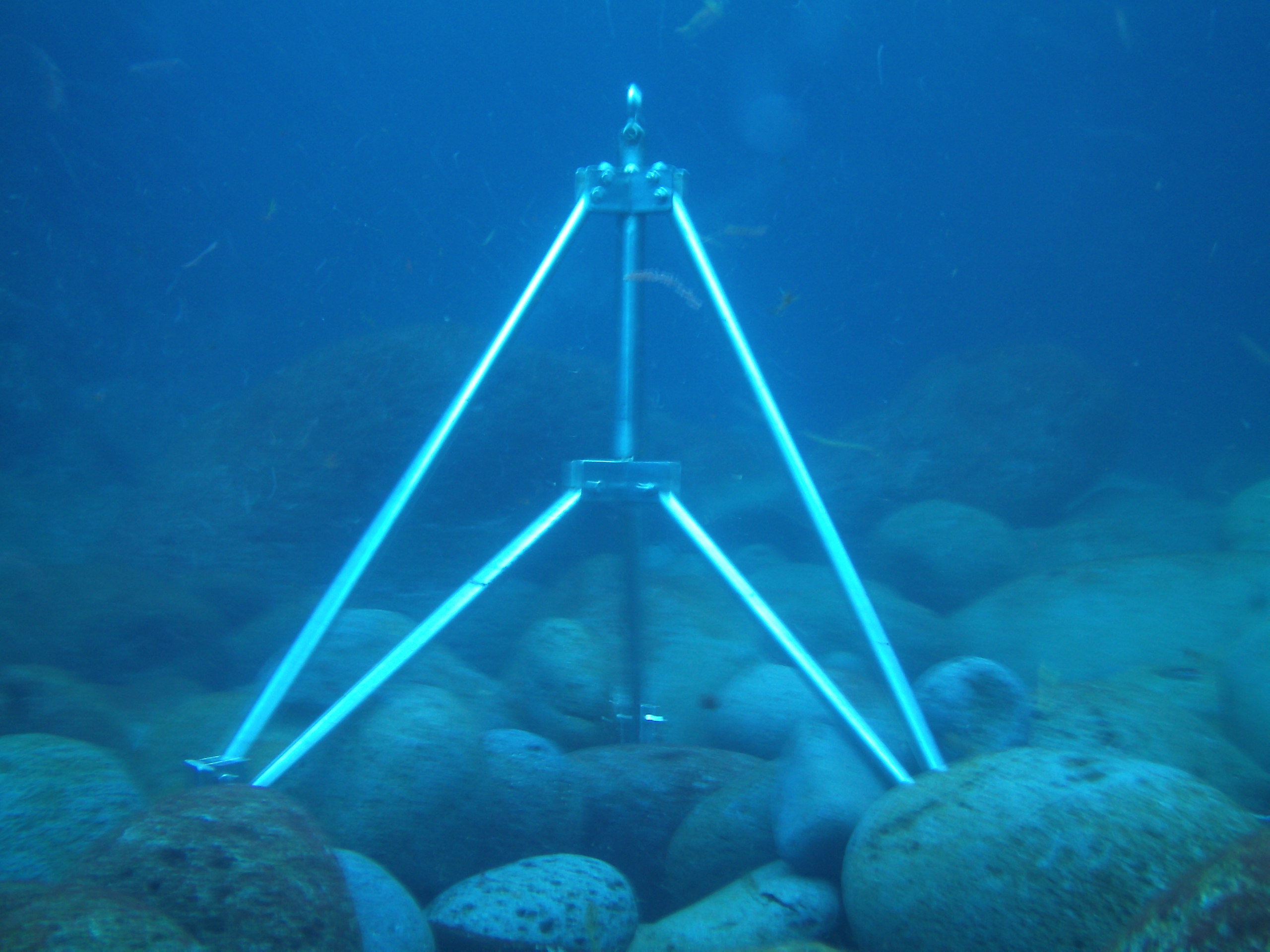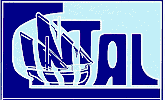|
You are not Logged in! Log in to check your messages. |

|
|
Check todays hot topics |
Web2Project Sign in
Project WEAM, Achievements

Calcom'10 Sea Trial, 22-24 June 2010, Algarve (Portugal))
This acoustic field calibration sea trial took place off the south coast of Portugal, from 22 to 24 June, 2010. The CALCOM’10 sea trial was a joining effort of WEAM and PHITOM projects involving people from SiPLAB/CINTAL, WAVEC, ISR/IST Lisbon and Marsensing. This sea trial in addition to acoustic field calibration part described herein, encompassed acoustic equipment testing and calibration and underwater communications testing, which are reported separately. Field calibration is a concept used to tune the parameters of an acoustic propagation model for a region of interest. The basic idea is that one can accurate model the acoustic propagation in a given region with only a scarce apriori bathymetric and geoacoustic information of the area if relevant acoustic parameters obtained by acoustic inference (i.e. acoustic inversion) are integrated in the acoustic model. For example, this concept can be applied to the classical problem of transmission loss predictions or, as in our case, the problem of predicting the distribution of acoustic noise due to a wave energy plant. In such applications the accuracy of bathymetric and geoacoustic parameters estimated by acoustic means is not a concern, but only the accuracy of the predicted acoustic field. The objective of this approach is to reduce the need for extensive bathymetric and geoacoustic surveys, and reduce the influence of modelling errors, for example due to the bathymetric discretization used. A sea trial data report can be found here.

Pico'10 Sea Trial, 19-20 May 2010, Island of Pico, Azores (Portugal))
The campaign was conducted by placing an acoustic system at a fixed position, near the acoustic source, the OWC-Pico, about 10 meters in front of the front wall, fixed to a tripod on the sea bottom, at 9 meters depth. The hydrophone data acquisition remained for 22 hours, during which the plant was switched on and off for data acquisition in different operating regimes. Throughout the campaign period the sea was calm, with wave height of less than 1.5 meters. In addition to recording the acoustic data was accomplished record of oceanographic conditions (through an AQUADOP and an Oceanographic buoy) and plant operating data.


